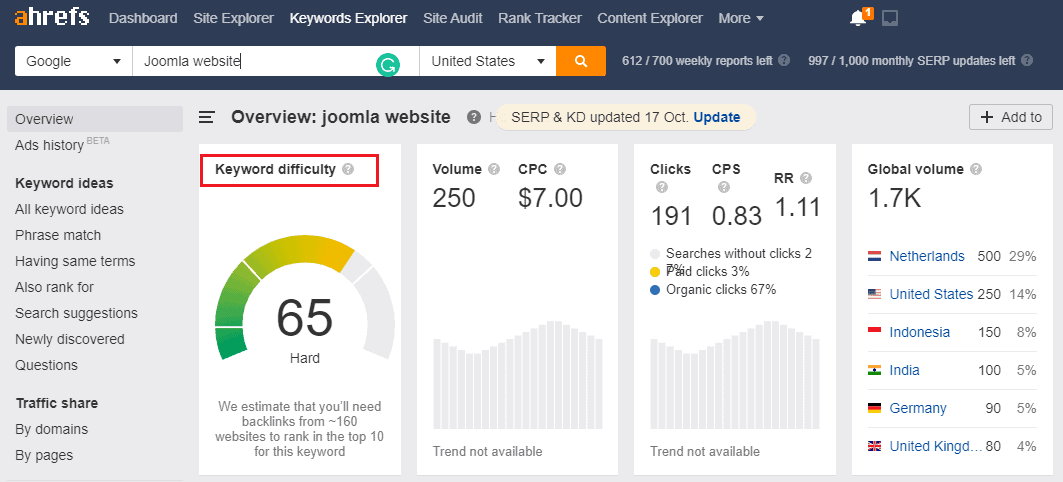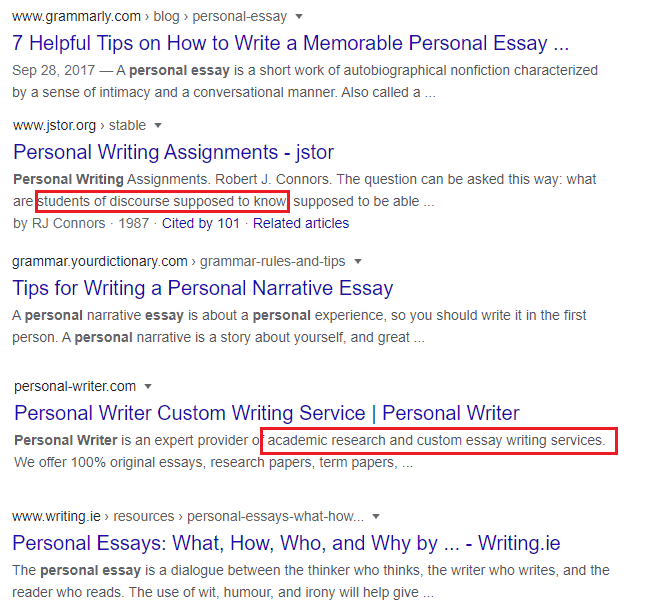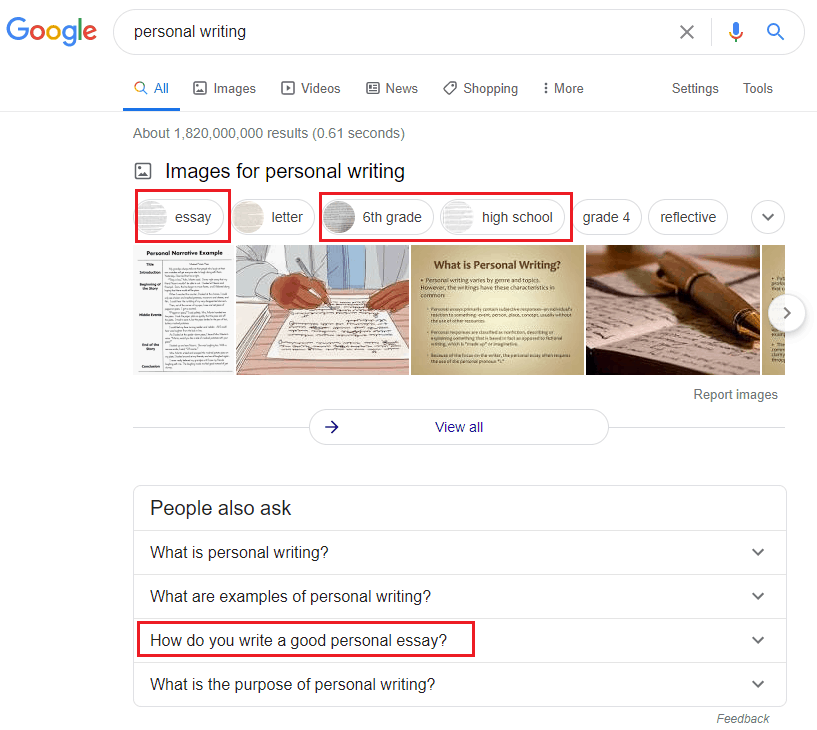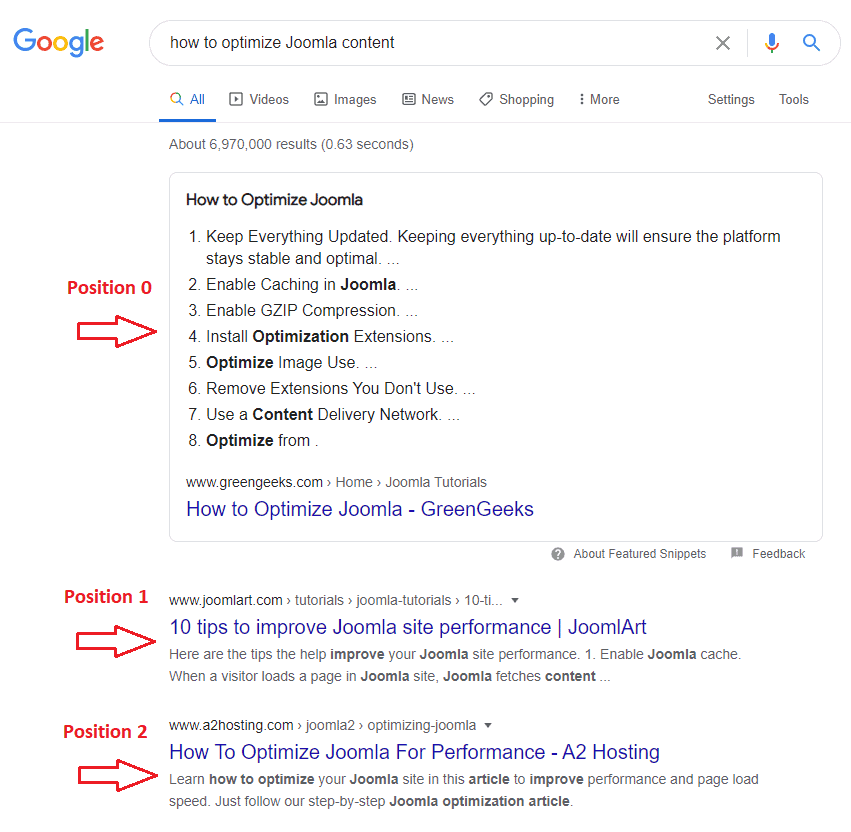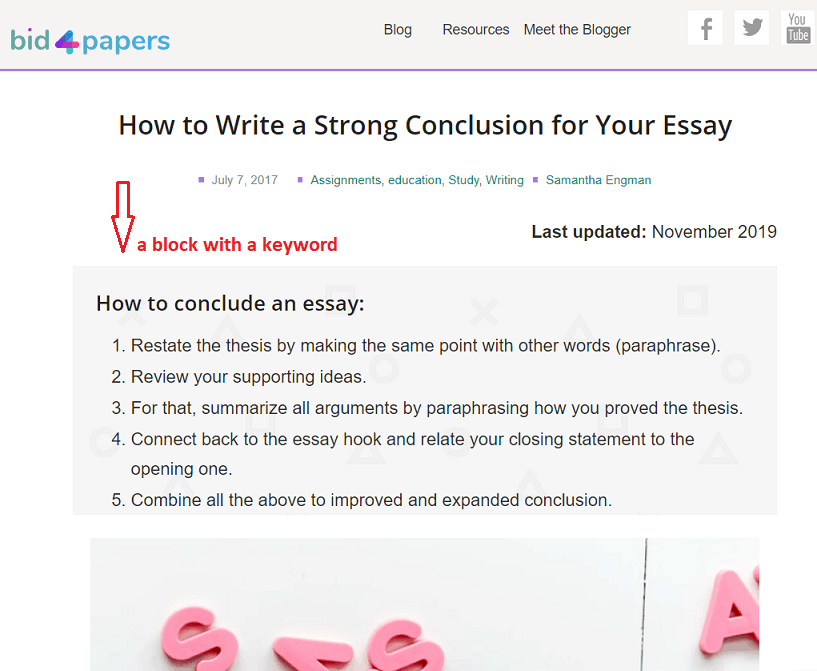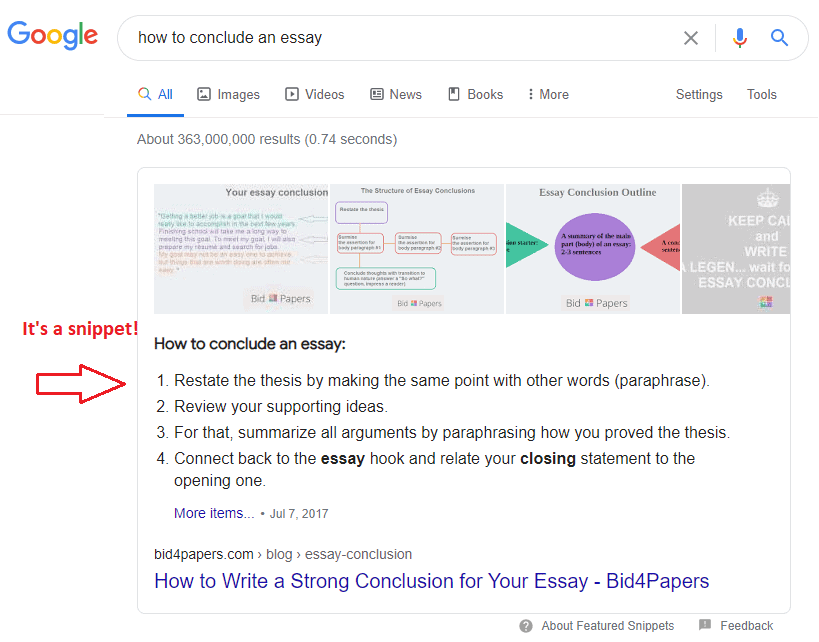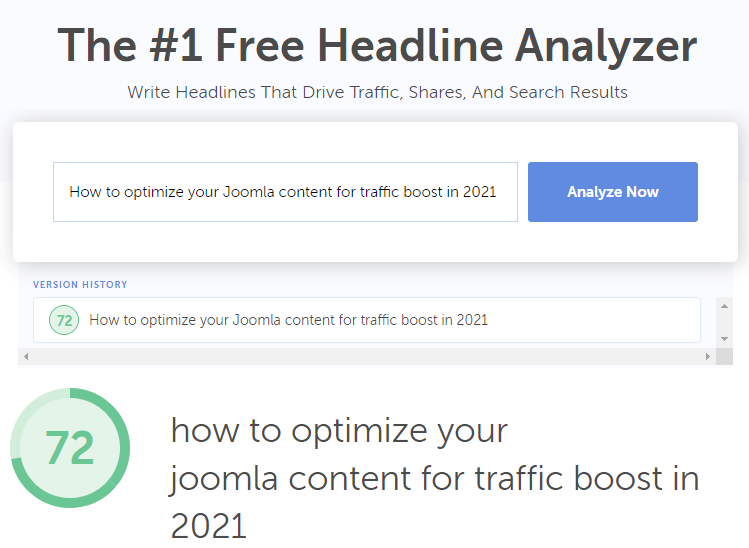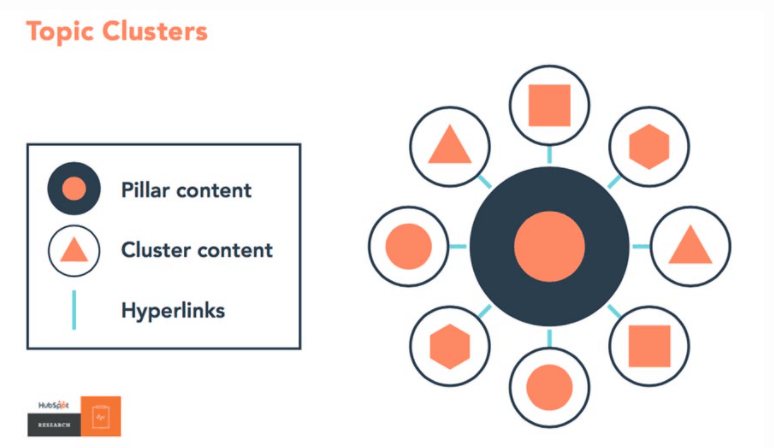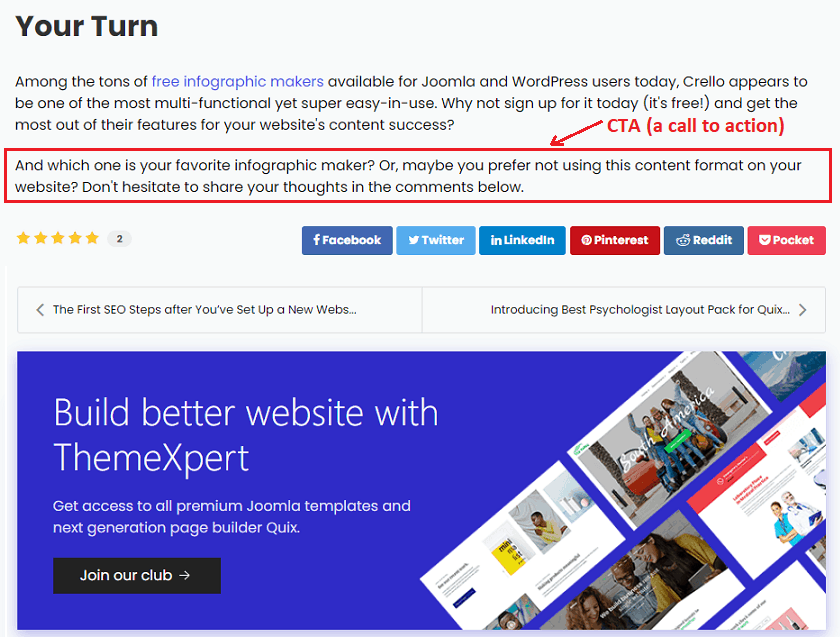Your Joomla website needs traffic to grow and bring better business results. It stands to reason that the more people see and visit it, the more poten...
Your Joomla website needs traffic to grow and bring better business results. It stands to reason that the more people see and visit it, the more potential subscribers or customers you get. No traffic means no conversion, bringing all your webmaster efforts to naught.
The sure-fire way to drive quality traffic that converts is optimizing your Joomla website inside and out.
But apart from technical details such as choosing the best Joomla hosting or working with Joomla SEO extensions, you need to focus on stellar content optimization too: The more optimized your Joomla content, the more likely the world will see it.
In this post, you'll find five easy-to-implement tricks on content optimization for driving more traffic to your Joomla website in 2024.
1. Make the Most Use of Keywords
SEO is the primary source of traffic, and now it goes far beyond meta tags and keywords stuffing. Now it's critical to understand the search intent and choose the right keyword types for your content.
Please focus on one keyword per page. Consider those with low difficulty: They have decent traffic volume but low competition, making it easier for a page to rank. Tools like Ahrefs' Keywords Explorer do a great job of revealing keyword difficulties:
Besides one focus keyword, pay attention to things like search intent and semantic search. Google becomes smarter from year to year, so its ranking factors don't fixate on exact matches or the number of external links only.
Search intent is a reason why a user looks for your content. What does he or she want to see when typing a word or a phrase in a query?
Types of search intent are three:
- Informational, when a user looks for answers on what, when, or how.
- Navigational, when a person looks for a specific brand or URL.
- Transactional, when a user wants to perform some action: buy something, download, start a free trial, etc.
To understand the intent behind a particular keyword, you can check the SERPs and People Also Asked section. You'll see what users look for, and you'll optimize your Joomla content accordingly.
For example, you want to rank for the "personal writing" keyword. People searching for it could look for types of this writing, samples, or strategies to use for it.
But SERPs results tell that the search intent behind this keyword could also be looking for information about personal essays for students.
When targeting keywords with user search intent in mind, you help search engines understand your Joomla content and rank it accordingly.
As for semantic search, ensure you add different keyword types to your content. Go beyond product-defining and short-term ones. Although you understand the importance of common-question and long-tail keywords for Joomla SEO, do your best to consider a few other options too:
- LSI keywords, aka those related to your focus keyword, and helping Google understand the topic of your Joomla content better. Look for them at the "Searches related to…" section of Google, or use tools like Linkio or LSI Graph.
- User-generated keywords, aka those used by your target audience to find answers to their queries. You can find them on Q&A websites or topical forums.
- Vertical keywords, aka terms from other niches that still can relate to your audience. For example, if your Joomla website is about "essay writing," keywords like "content creation," "storytelling techniques," or "how to write blog posts" can be your vertical keywords.
2. Optimize Your Content for Snippets
We know snippets as Position 0 in Google, appearing before the first result in SERPs. Snippets can take the form of a video, a list, a paragraph, an image, or a table. But regardless of its shape, a snippet is eye-catching enough for users to click, therefore driving more traffic to a website.
That's what a snippet looks like in SERPs:
The trick is that you can format your Joomla content accordingly to increase its chances of getting there. How to do that:
- Choose a keyword you already rank on the first page of SERPs but not in snippets.
- Design your corresponding content asset for a snippet: Add a content block with a definition or a step-by-step list there.
Like this:
Guides on optimizing content for snippets are many, but here's one little hack for you to consider: Add an <div> element with an id attribute to your page, like <div id=" featured-snippet">text</div>.
Result:
3. Pay Precise Attention to Titles
The title of your Joomla content is critical for search engine rankings and, consequently, your website traffic. Besides keywords, you need to consider a title's clarity, appeal, and conviction: Is it compelling and credible enough to motivate users to click?
When optimizing your content titles, please take care of the following points:
- Make a title catchy and inviting for users to click.
- Add one or two modifiers so that the audience can understand what's in your content.
- (For example, "Joomla," "Traffic," and "2021" are modifiers of this article's title.)
- Mention your focus keyword in a title.
- Ensure it's meaningful and convincing.
- Remember about the word and character count in a title so that it would appear in SERPs in full.
Tools like CoSchedule Headline Analyzer allow you to see if a title is good enough and what's possible to improve for its better conversion.
4. Organize Joomla Content into Clusters
For better traffic and rankings, make sure you have a stellar content hierarchy on the website. It helps both a user and a search engine understand the relations between pages, find them, and navigate them appropriately.
Besides a menu, breadcrumbs, and sidebars you use to emphasize core pages, try organizing all the content into topic clusters.
It's a group of interlinked pages built around one asset. Like this:
We call that asset a pillar content piece that targets a high search volume keyword. All the other related content pieces target keywords with a smaller search volume each. And finally, those related articles interlink with the pillar page.
How to place pillar and related content pieces on your Joomla website?
- Publish a pillar page as a long-form article on your blog, and add related content pieces as separate pages.
- Place a pillar content piece to a root domain and subtopics — to subdomains.
- Publish a pillar piece to a root domain, and add supporting articles to your Joomla blog.
Also, make sure to optimize and relaunch your old content regularly: Both Google and users prioritize fresh, updated information.
5. Remember About Your Content Design
Do you know that search engines rank your content depending on how users interact with it? Google counts bounce rate, dwell time, and dozens of other metrics to decide if your page is worth high rankings. In other words, the more positive interaction, the better.
To convince Google that you're a boss here, pay attention to your Joomla content design.
As Sarah Richards from Content Design London told Yoast, "Content design is answering a user's needs in the best possible way for the user to consume it." Long story short, you need to bother about the content format, structure, and language for its better virality.
Give users what and when they need, and in the form they need it. Content design is about producing pages that add value to users. Structure your every content asset with E-A-T and content usability in mind:
- Avoid content blunders such as complex text structure, wrong color-contrast ratio, large text fields, poor alignment, etc.
- Always use H2 and H3 subheads.
- Pay attention to hooks in content intros because they help users understand if they want to continue reading it.
- Structure content with bullet and numbered lists, short sentences, and paragraphs, concept visuals (images from databases, your brand pics, original infographics, and more).
- Place external links to authoritative resources.
- Use quotes and tweetable blocks to encourage sharing.
- Always add a CTA to conclusions.
Also, consider your website design optimization if looking for the SEO best practice (read: traffic). Choose suitable Joomla templates that are responsive and user-friendly. As well as most website builders, they are SEO-optimized to drive traffic to your content.
The same goes for content strategy and marketing endeavors. For your Joomla website to drive traffic and convert, you need to focus on content marketing:
- Set goals
- Do your target audience and competitors research
- Write a content plan
- Follow it when crafting content assets
- Be consistent
Remember about social media and email marketing too. These instruments play a vital role in driving traffic: They assist with website exposure and lead generation, as well as increase your brand awareness and trust.
So, please make the most of Joomla extensions to promote content and make more users know about it.
Wrapping Up
From year to year, Google becomes smarter, making the battle for traffic "life or death." Every detail of Joomla content matters now, influencing the overall performance of your website. To boost its traffic, try the following:
- Focus on search intent and semantic search when choosing keywords for your content.
- Optimize your content for Google Snippets.
- Pay attention to titles (for users to get engaged), and structure content assets with relevant meta-tags in mind (for Google crawlers to index it).
- Organize your Joomla content into topic clusters to support a proper page hierarchy on the website.
- Design your pages with E-A-T and content usability in mind, and do your best to choose responsive Joomla templates: They'll speed up a website, influencing its traffic and other metrics by far.
And how often do you optimize the content of your Joomla website? Any personal tricks on structuring its pages for more traffic? Feel free to share in the comments!


